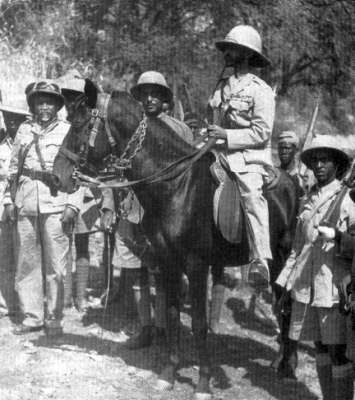International Library of African Studies
1 total work
v. 9
The revolution starting in 1974 and ending with the flight of Mengistu Haile Mariam to Zimbabwe in 1991 is the central element in Ethiopia's recent history. In this 17 years, Ethiopia experienced upheavals comparable to that of Russia after 1917 - the overthrow of a well-established monarchy and most of its leading figures imprisoned, exiled or executed - followed by a violent struggle for control of the new regime, the means of production nationalized, private land ownership abolished urban land and rented property nationalized, peasant and urban associations set up, a huge army and militia forces created, a Marxist-Leninist party formed, a new constitution established, and massive "villagization" as a prelude to collectivization. Following the collapse of the military dictatorship, the present regime of the Ethiopian Peoples Democratic Front, has tried to reverse the changes, is listening to the World Bank and has converted - at least in theory - to democratic pluralism and ethnic federalism. But the amount of change is uncertain and the author shows how the basic problems, rooted in Ethiopia's history - of nationality, ethnicity and regional power - remain.
